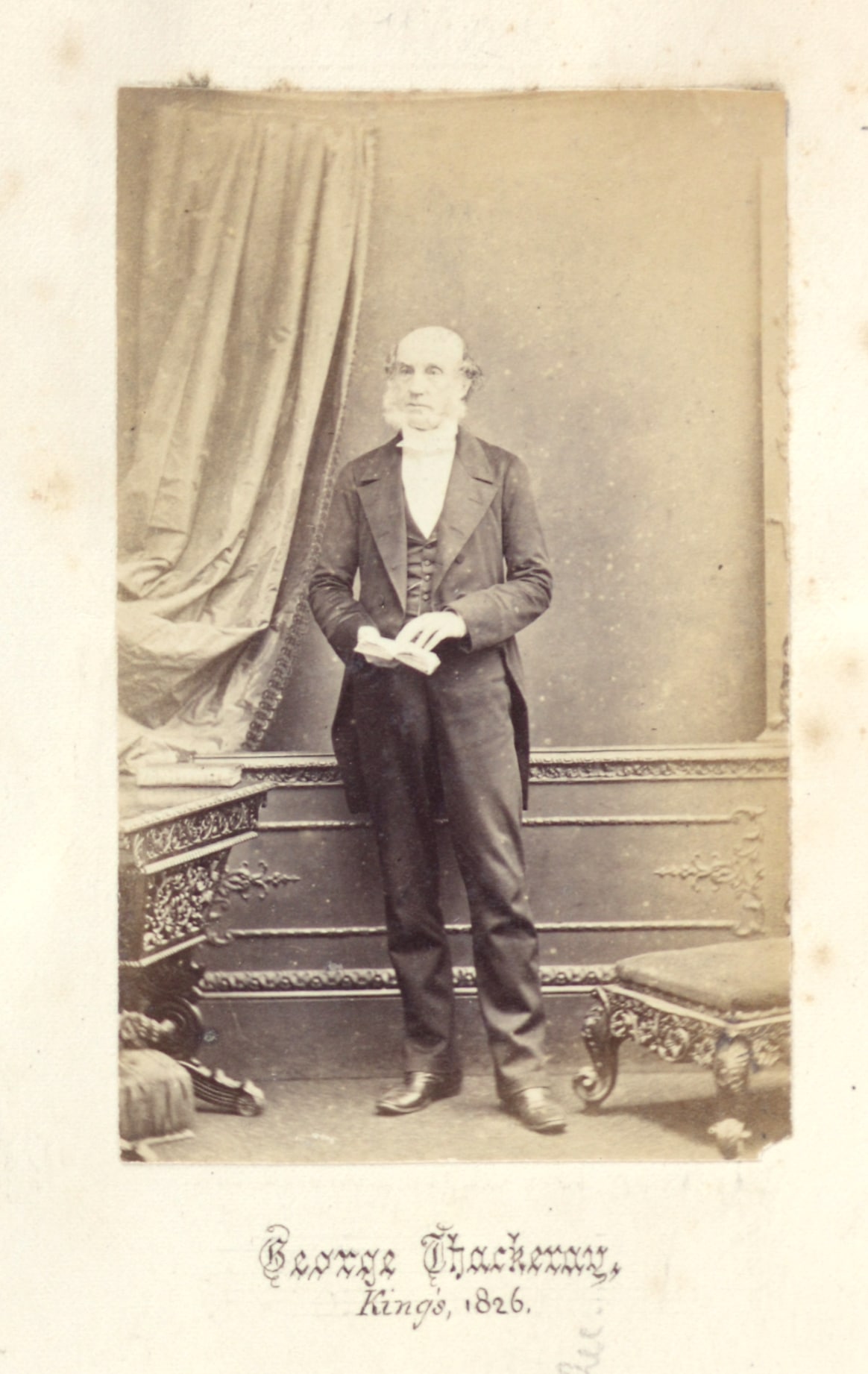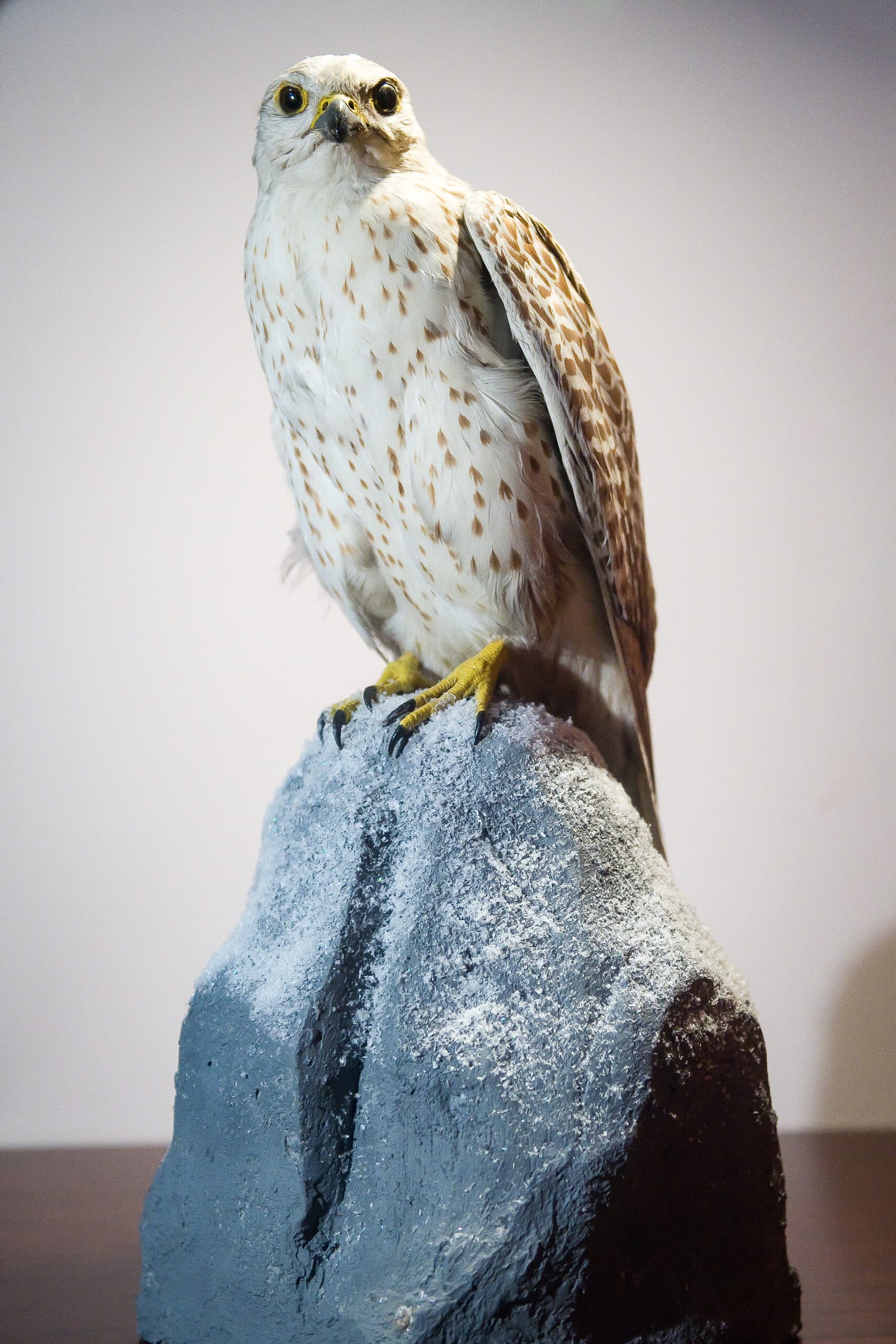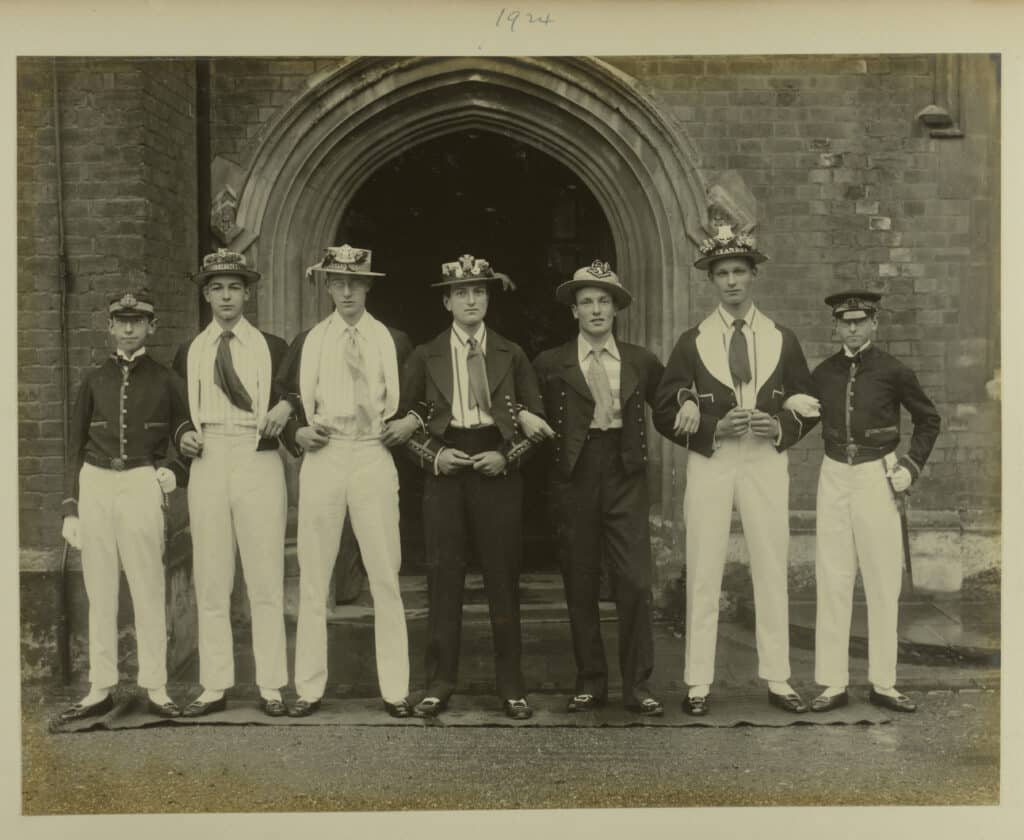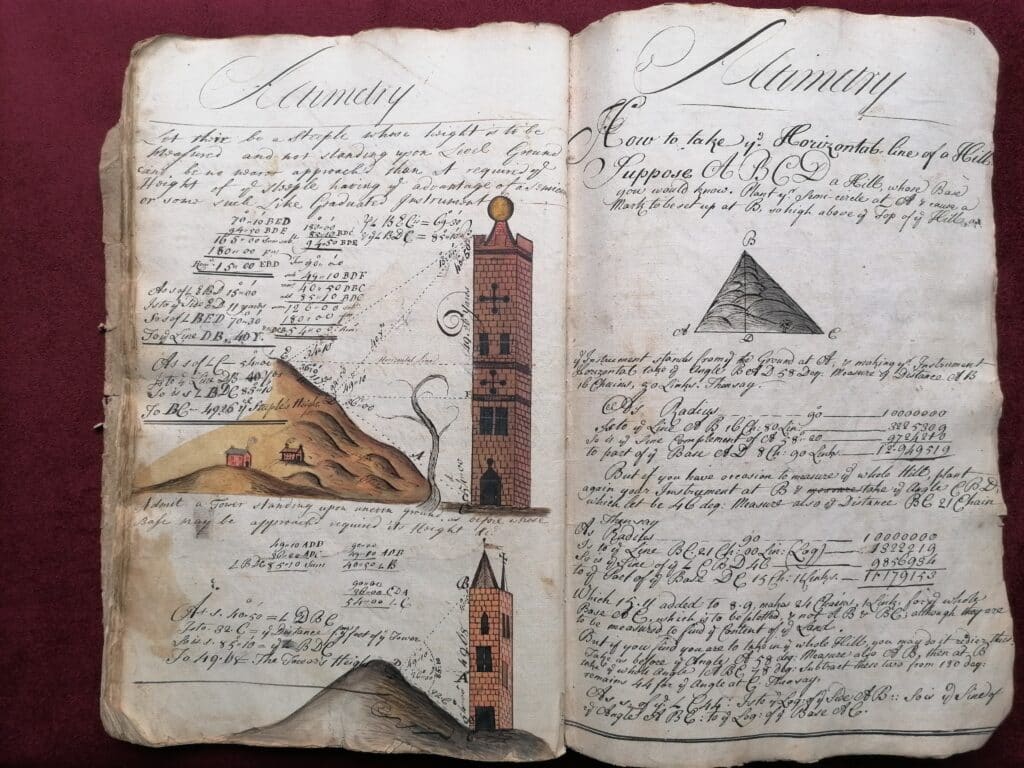The first museum collection at Eton was the bird collection left to the school by George Thackeray, Provost of King’s College Cambridge, in 1850. His lifelong connection with Eton began as a boy, with his election as a King’s Scholar in 1792. He returned as Assistant Master in 1801, rising to Lower Master in 1809. On his appointment as Provost of King’s College Cambridge in 1814, he became Senior Fellow of Eton, maintaining his links with the College until his death in 1850. Thackeray was interested in natural history, especially ornithology, and was a fellow of the Linnean Society.


At first displayed in the original School Library in Weston’s Yard, in 1875 the collection was moved to the Rotunda in the Mathematical Schools. Queen’s Schools and Lower Chapel replaced this in 1891 and incorporated a purpose-built Natural History Museum.
A complete description of what could be seen in the new Museum was written up in the Eton College Chronicle with items on display ranging from fossils, minerals, and Neolithic instruments to over 2000 specimens of British butterflies and moths.


OEs sent specimens from all over the world and in 1904 an extension was added in memory of Lionel Lawson, killed in a fire at Baldwin’s End in 1903.
From the founding collection of birds, a large number of fossils, shells, hunting trophies and plant specimens were added. In May 1897 a living blind white newt (Protens anguineus) was a key attraction, and in October 1922 a live Nile Crocodile (Crocodylus niloticus) was purchased as part of the museum collections. It grew to 2 feet, before sadly succumbing to the harsh winter of 1925. It was mounted by the museum curator and the practice of having live specimens ceased.
In 2000 the Natural History Museum was opened to the public for the first time after a complete redesign, having remained almost untouched since the 1930s.
A number of events are taking place throughout 2025 to celebrate 150 years of this fascinating collection, described in the Chronicle article of 1890 as “the finest school collection in the world”.
Eleanor Hoare, College Archivist



